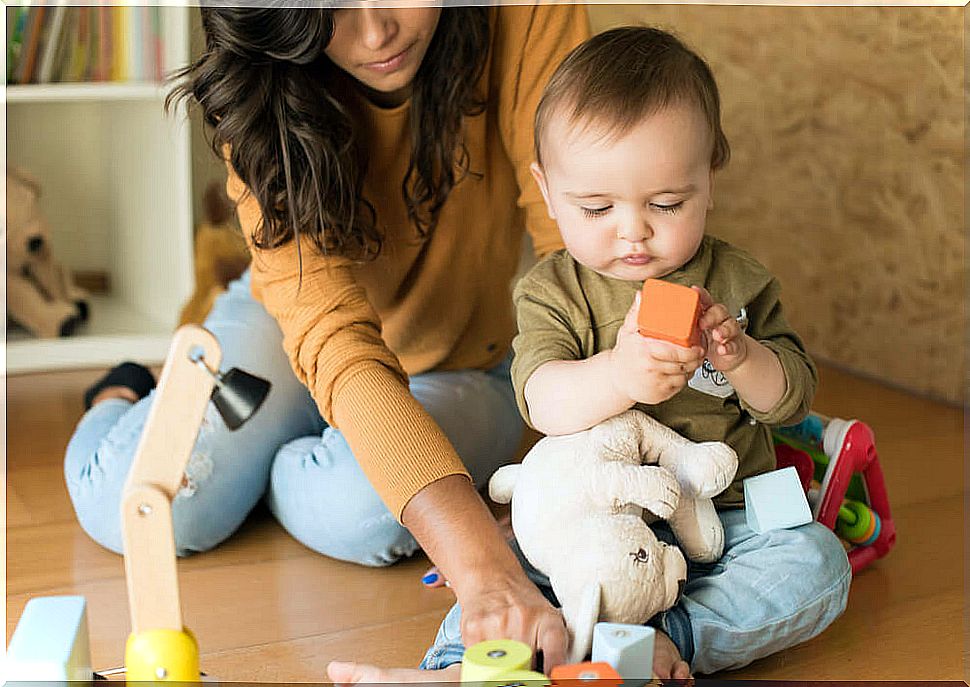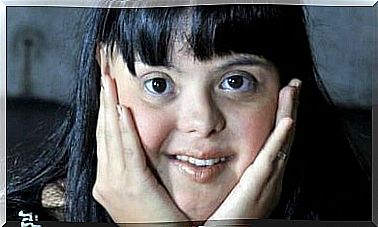5 Keys To Teaching Children To Decide

Many times, parents consider that the decision-making process in children develops by itself, without any help. However, this is not so. Therefore, here are some keys that will be of great help when teaching children to decide.
A child who knows how to make a good decision is capable of developing properly. In this sense, developing the ability to make a decision will help you foster your autonomy and be responsible for yourself, something that will undoubtedly be very valuable for the rest of your life.
Why is it important to know how to decide?
It is important for a child to learn to decide so that he can have autonomy. And what is autonomy about? It is about the ability to make decisions without external influence or intervention, as well as to follow one’s own guidelines. Therefore, this comes to be a concept opposite to that of ‘heteronomy’ of Jean Piaget.
In simpler terms, it is important to teach children to decide because this allows them to manage and solve problems in an efficient way, without the need for assistance.

This does not mean that they are left to their own devices, but rather to give them the necessary tools so that they can do it themselves and feel satisfied with both the decision and the result. In this sense, there is no better legacy than independence.
As parents, we surely want our children to be independent, capable and, above all, responsible for their own actions. But this is not obtained by inertia, but must be worked from home, through various ways. And while the measures may seem very simple, they are very powerful.
When children are autonomous, they have good self-esteem, confidence in themselves, they are less afraid of making mistakes when solving a problem and, in general, they are more willing to reflect on what is best and why.
Keys to teaching children to decide
To teach children to decide, it is necessary to take into account their age, since according to this factor, we can choose one method or another.
You cannot demand the same from a 3-year-old child as from an 8-year-old. Likewise, it is necessary to know how to set a good example and maintain an open attitude when making explanations and clarifications, as many times as necessary.
Some of the keys most used by parents to teach children to make decisions are the following:
1. Give them small tasks or assignments
Depending on their age and level of development, children can take over certain tasks. For example, deciding what clothes to wear that day, picking up their toys, making their bed, tidying up after using an object, and so on.
2. Let them do activities alone
Once the activity has been well explained to them, they should be allowed to carry it out on their own. Of course, supervision will be necessary, but you have to know how to let them experiment until they ask for help or they cannot solve a problem after several attempts. This can be applied, for example, when discovering how a toy works.
3. Require them to carry out your requests with precision
Children who are already learning to speak need to be taught how to make requests. For example, if they are thirsty, the most basic way to ask for this need to be addressed is to teach them to say ‘water’. The same happens with other needs, such as going to the bathroom.
Requiring them to be precise and clear with what they want will help them develop the language, but to do this, you must first teach them and repeat them several times the correct way to make a request.

4. Determine what is negotiated and what is not
That the child can make decisions does not mean that he should not follow certain rules. For example, although you can choose what clothes to wear (as long as it is according to the place and the climate), you will not always be able to choose what to eat, since your parents are in charge of providing you with an appropriate diet for your development.
5. Challenge them to think
Through play we can teach younger children to decide. For example, you can take a toy in each hand and ask them to choose the one they like best. This should be accompanied by some questions such as: What do you prefer? Or what do you think is a better option? So that they are motivated to think and make a decision.
If they make a decision that is not what you expected or that you consider wrong, do not reprimand them the first time. Instead, explain what the bug was and how it can be corrected next time. Remember that this is a trial and error process most of the time and it is important to know how to reflect and share calmly in order to improve.










